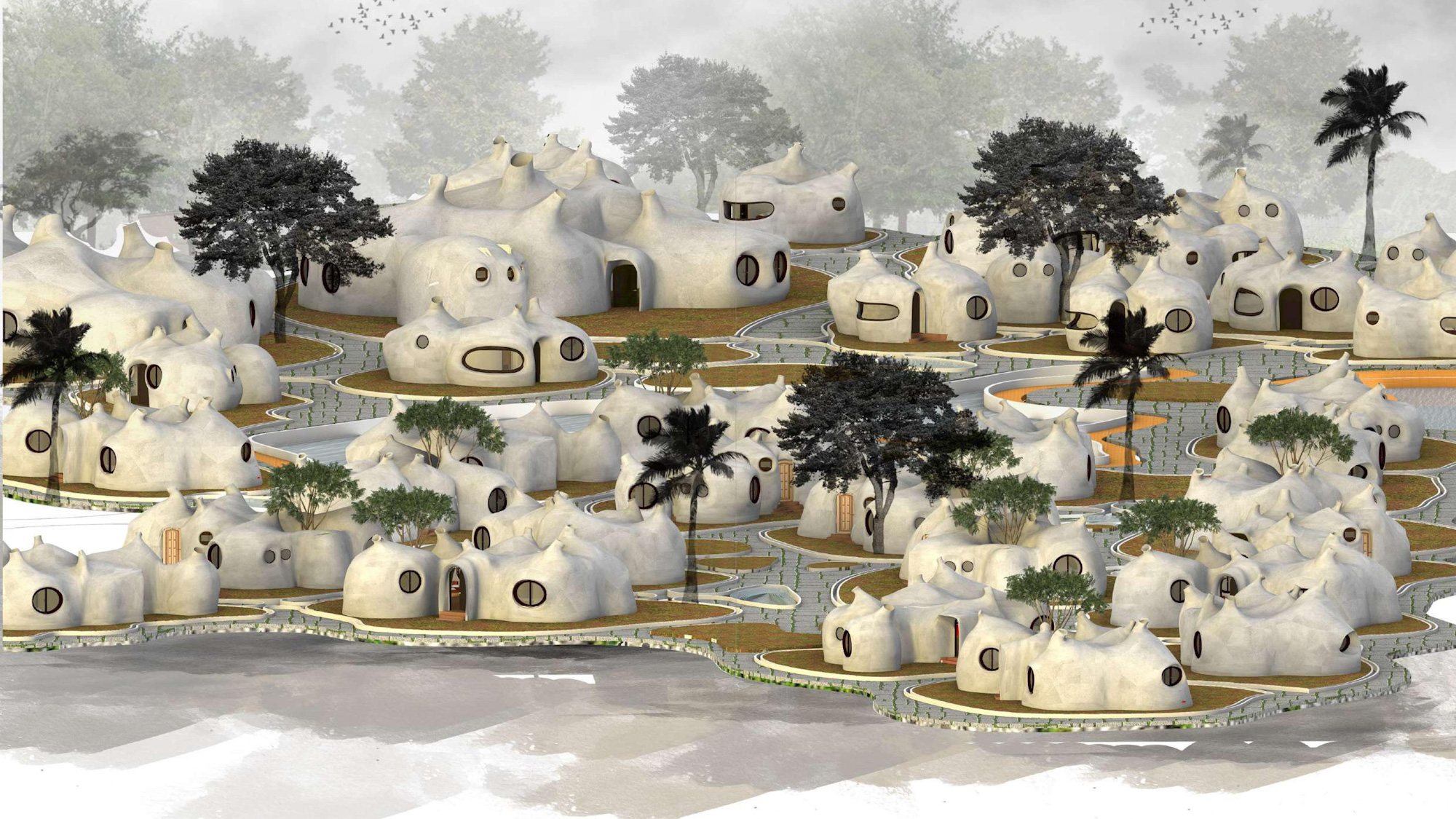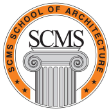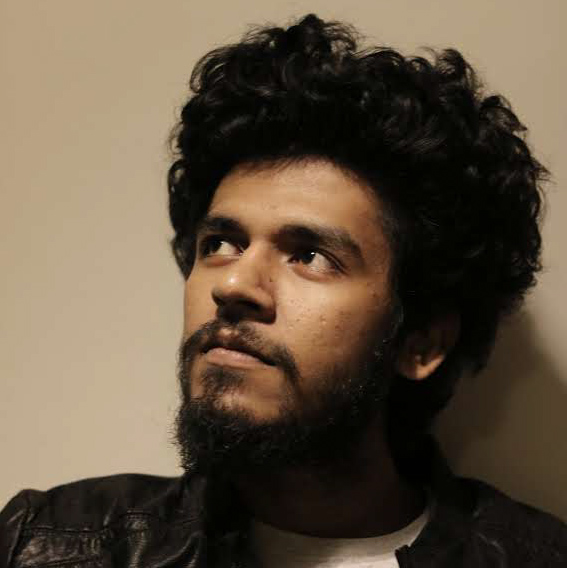top architecture design thesis 2021


SCMS SCHOOL OF ARCHITECTURE
KERALA, INDIA

Design thesis authored by
AKSHAY BABU
share
THESIS SPECIFICATIONS
Thesis Title :CAVUS – Artist Village
Project type: Convention Centre
Year of completion : 2021
As a metaphor, the term is employed. It is a hollow or cave in Latin, and the origins of art may be traced all the way back to the Stone Age, starting with cave art and antiques. My designs trace back to the past, with organic foams and open spaces that make reference to the importance of art and the usage of building as an art form. A community built to international standards to give a shared platform for artists from all over the world to live and work together. Interaction, seminars, lectures, and workshop programmes that promote dialogue between internationally known artists and local communities in Kerala through interactive artworks, lectures, and workshops.
Artist village is an area for local and international artists, artisans, outdoor enthusiasts to meet and exchange their ideas with each other with visitors enjoying concerts, music, literature, cinema, performances, festivals, workshops and open-air events. The village will consist of 3 prominent art styles, with each studio housing 30-35 artists and each artist residence housing 40-50 people, including artist and their family, as well as guest accommodations for visitors and workshop participants for up to 100 people. The purpose of establishing a village like this can be to provide space for art creation and development of the creative industry, as well as revitalizing the community by encouraging resident artists to engage in artistic discovery. The implementation of this rural development project aims to restore the associative cultural identity of village via explicitly bringing out the role of nature along with the culture in making of settlements, clusters and building types.
Existing artistic villages in Kerala reveals weakness such as failure of function and design, lesser knowledge and poor infrastructure, no community and accommodation facilities, less connection to international art forms and platform, lower tourist value and fading the need.
The site being located near Alappuzha, the land of backwaters and coir, enhances the growth of coir development on account of several local coir artists and coir factories located near Vechoor. The plan is to boost the growth potential of the selected destinations with proper marketing support, aid for infrastructure development, training for product diversification and sustainable income to manage a sustainable facility that can show case the cultural and artistic heritage of that spot for tourist as well as the ones who is interested in learning and exploring the art forms and culture. The site is chosen in accordance to benefit the artist village the place Kumarakom is the first destination in India to Implement Responsible Tourism practices. The strategy encompasses housing for artist creating a community, place for intervention between artist and public, cluster planning and green space, connecting locally and internationally, creating connection with biennale community, helping in accommodation of artist and place of work, art studio to arise the public interest and knowledge of art, material from local coir industries and helping improve their production, teaching local techniques of pottery and to interact with other potters, responsible tourism in backwater and view of Vembanad lake, introduction of boating for tourism and materials while helping create a sustainable income source.
Tourism based strategies include creating low impact, non-degrading tourist infrastructure in the region, increasing avenues to generate income from tourist activities, enhancement of connectivity infrastructure, enhanced tourist experience and a high-quality hospitability experience, increase average length for stay of tourists in the state, extension of tourist season in the state. Considerations for workspace included peaceful environment, feeling of freedom, outdoor setting, space arrangement, protective equipment, locating workspace with respect to activities, buffer zone between workspace, lighting. As most of the handicraft production is done in household scale, the working environment should include large, ventilated rooms, with high ceiling and transitional areas such as courtyard, or open to sky spaces should be well appreciated in the studios and work areas. Studios must have good amount of natural daylight, with high level windows equal to at least 25-30% of the floor area. Roof lighting is also preferred. It is possible that noise producing workspace can affect the other. So, buffers can be created by additions of walls or vegetations. Spaces should be provided according to functional requirement. Work which requires huge machinery or supply of materials should be placed on the ground floor. Use of proper ventilation, growing vegetation as shading devices, using double glazing can be the solutions. The workshops for each craftwork are likely to have enough students to justify separate accommodation. One lecture hall is usually adequate except for the large departments. The planning depends on furniture required for studio work, materials, tools and equipment’s used during the process.
Various factors such as the spatial configuration cultural reflection in the complex, crowd attraction, the crowd movement pattern, successful outcomes, prevailing problems faced were analyzed in the case studies taken. Studying them in depth and analyzing gives the basic core design strategies which can ensure successful outcomes. It concludes that the bigger, the complex, the more the crowd movement gets staggered and disoriented. Hence there needs to be a balance of spatial proximities between main exhibits, encouraging people to stroll around, as well as not get lost. The exterior of the environment plays a major role for holistic cultural experience. Crowd management involves managing the crowd, without any congestion, traffic with necessary overlap. Location in core area ensures easy access for the public and act as a better crash out space. Multiactivity of functions throughout the year ensures a very active bustling successful space. Low level environment connects the users with space rather than iconic monolithic buildings. Secluded spaces should be avoided in the public access areas. Better transportation linkage to the hub, increases the number of visitors and new tourists.
The concept is to create an inclusive environment in terms of organic architectural elements which itself blends with nature and act as a building element. The design helps to think out of the box and help the artist to visualize more. The forms are designed as organic and curved shapes. The residential designs will be designed in blobismus as a movement in architecture in which buildings have an organic, amoeba-shaped, building form.
Sheets
the end
Copyright information: ©️ Student author 2022. Prior written authorization required for use.
Request permissions: If you wish to use any part of the documentation forming part of the undergraduate thesis submitted to DSGN arcHive, please seek prior permission from the concerned student author through the respective college/university.
Exclusion of liability: DSGN arcHive and its owner do not undertake any obligation to verify the ownership of any content submitted for publication/broadcast on this website and shall not be liable for any infringement of copyright by, or unauthorized use of, such content.
HOMEPAGE
Copyright © 2025 DSGN arcHive
